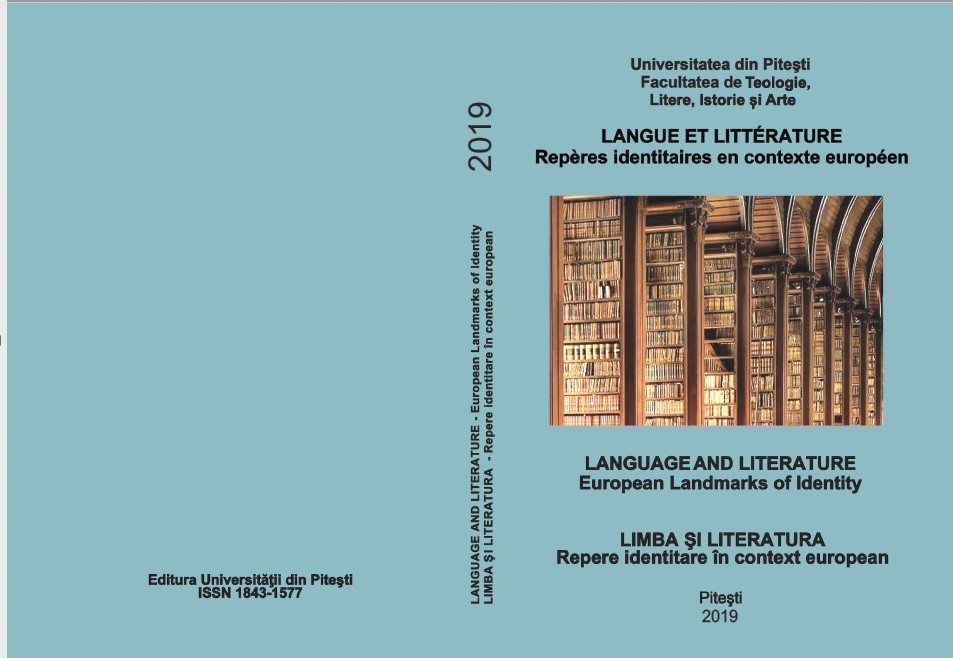MUSICAL CULTURE OF BYZANTINE ORIGIN IN THE 17th CENTURY AND THE FIRST HALF OF THE 18th CENTURY
MUSICAL CULTURE OF BYZANTINE ORIGIN IN THE 17th CENTURY AND THE FIRST HALF OF THE 18th CENTURY
Author(s): Ion IsăroiuSubject(s): Fine Arts / Performing Arts, Music
Published by: Editura Universităţii din Piteşti
Keywords: psalm singer; art; psalm teacher; religions songs; composer;
Summary/Abstract: In this article the author highlights the Byzantine musical art beginning with the 17th century and finishing with the representatives of the 18th century. The author presents in a nutshell the musical personalities that became representatives on a musical and composition plan, underlining the fact that the 17th century was less prolific in this field. The article presents an abundance of details on the 18th century, a century in which the musical culture of Byzantine tradition was brought into attention by creators and psalm-singers of high quality who gave everlasting works of great artistic and literary value. Mention should be made of Filothei sin Agai Jipei who - in 1713 - made the first musical work in Romanian Psaltichia rumănească (Romanian Psalter) manuscript no. 61 in the Library of the Romanian Academy and published in four volumes by the specialist in Byzantine lore Sebastian Barbu-Bucur. We must also mention Șărban Protopsaltul (the Protopsalmist) and Mihalache Moldovlahul (The Moldavian-Vlach), the latter’s work being recently published by Sebastian Barbu-Bucur in three volumes. The series of great proto-psalm composers of the eighteenth century ends with Naum Ramniceanu, theologian, musician and writer, psalm singer and psalm reader.
Journal: LIMBA ȘI LITERATURA – REPERE IDENTITARE ÎN CONTEXT EUROPEAN
- Issue Year: 2019
- Issue No: 24
- Page Range: 173-180
- Page Count: 8
- Language: English

